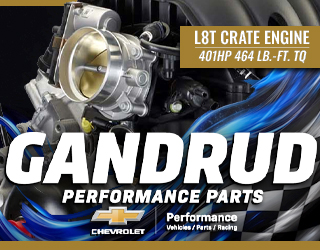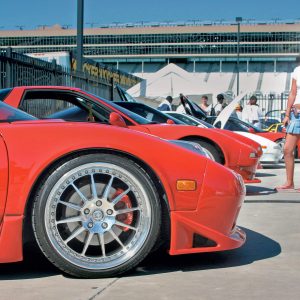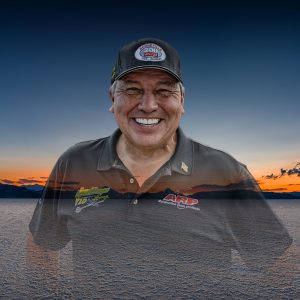OffRoad Trucks
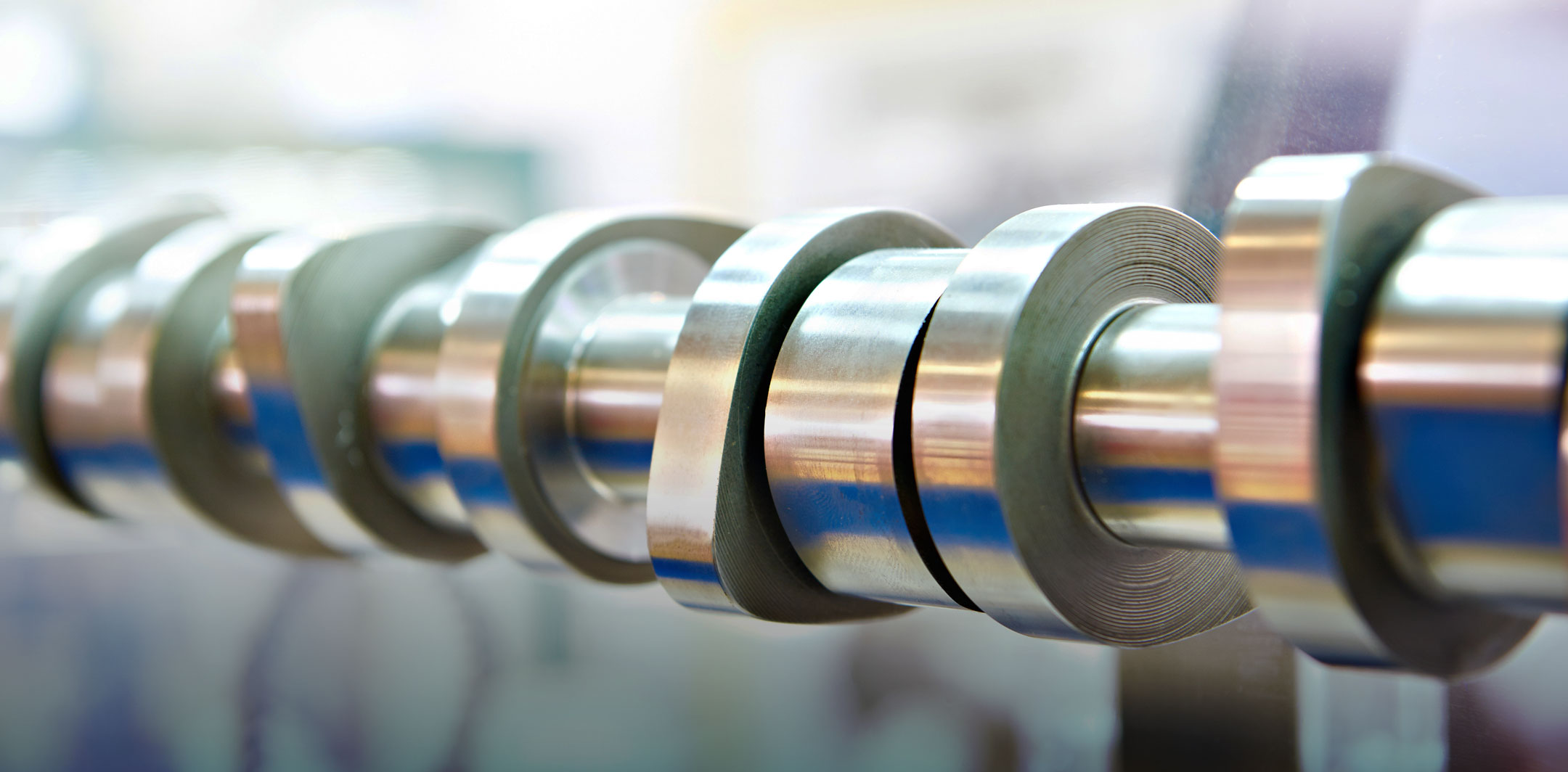
Would you believe that one of these cams could provide an extra 200 hp to your combination? It’s true. Actually, the truth is that the installation of a stock cam will cost you as much as 200 hp.
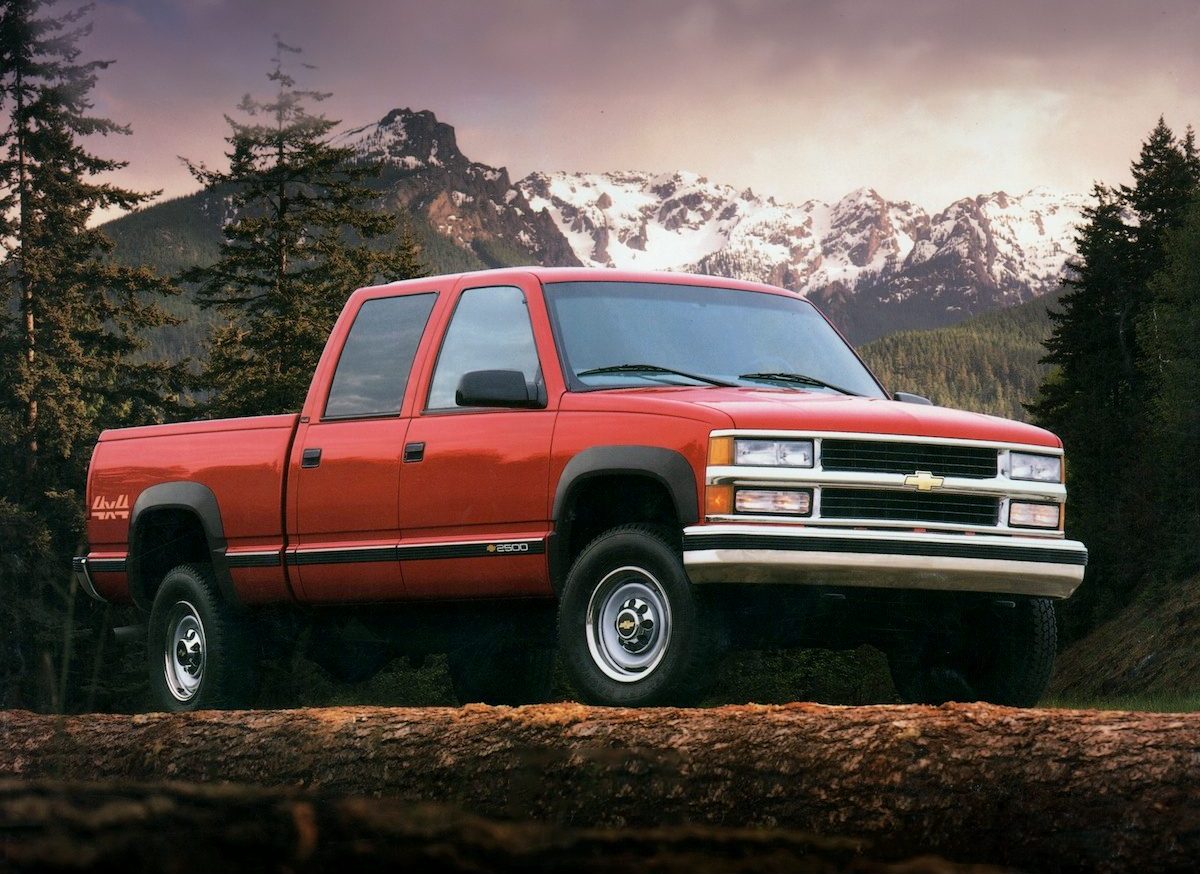
If you have a 1992-2000 Chevrolet or GMC with a 6.5L and you’re worried about overheating issues, there’s no reason to sweat it. Our friends at Dieselsite have the solution.
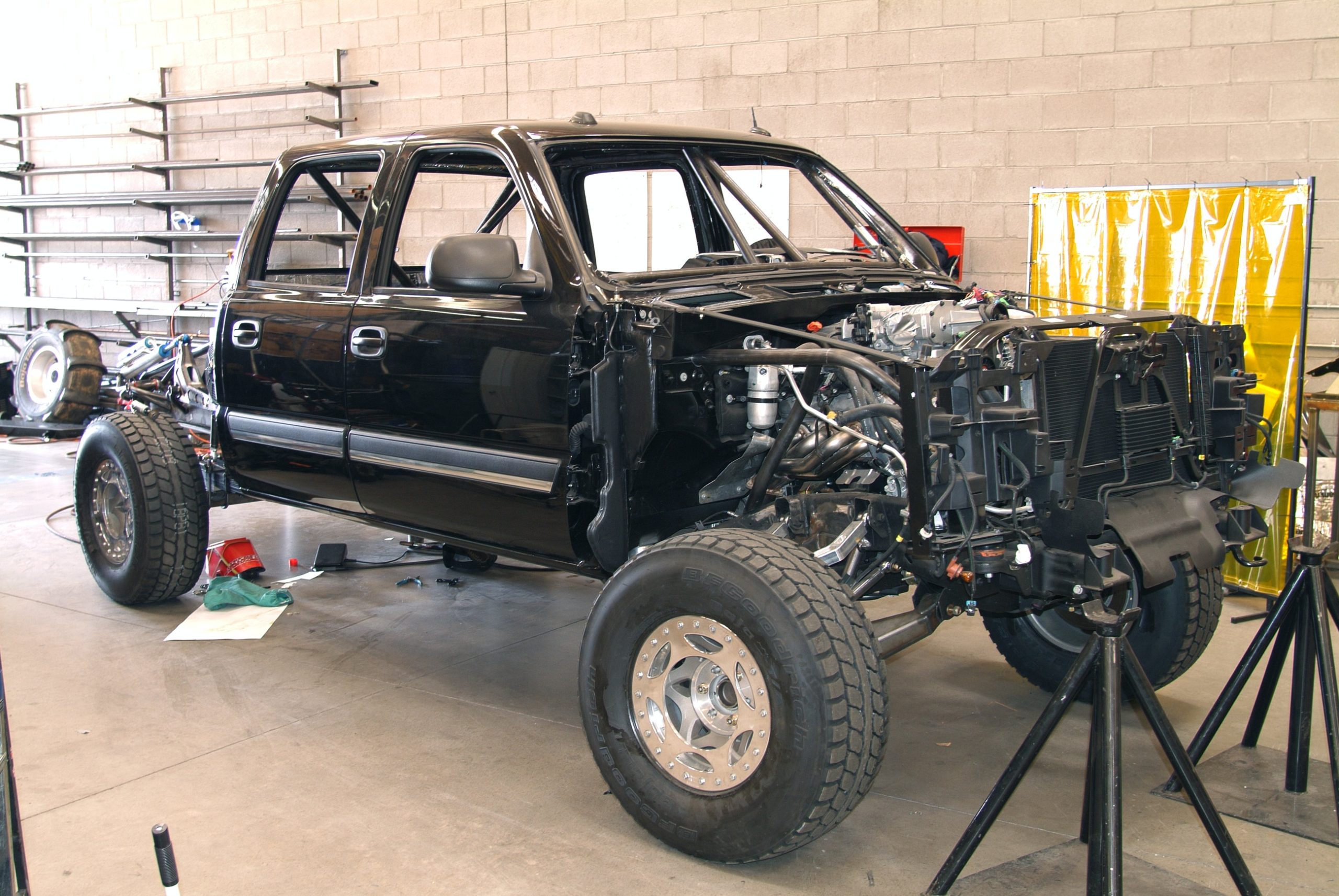
For the past several months Super Duty Headquarters in Gilbert, Arizona, has been working one very special project—a full-custom, double-throw-down pre-runner for non-other than Jesse James. Yes, that Jesse James.
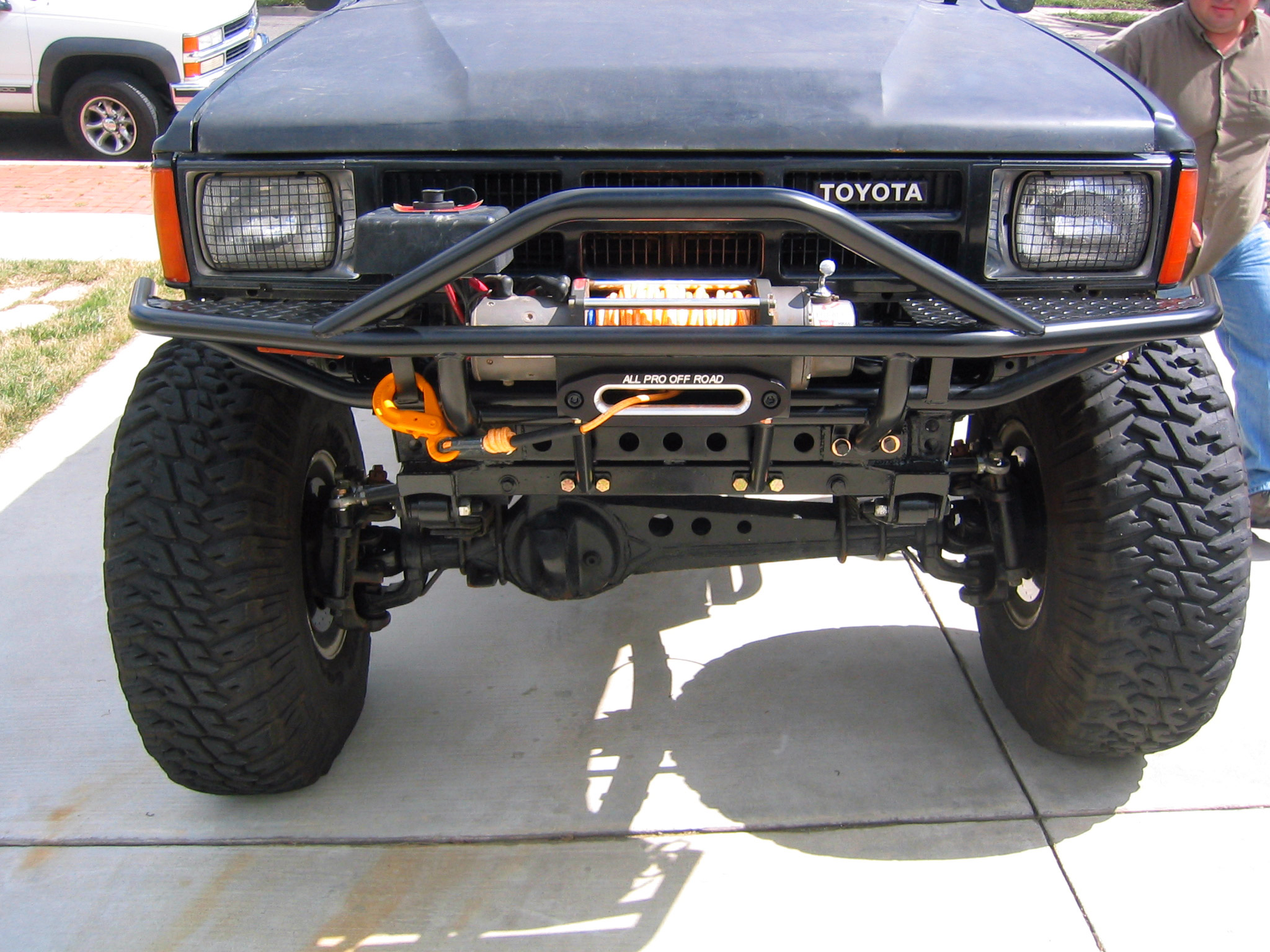
Serious off-roading is rough on equipment. Only the toughest gear will stand up to the hardcore bashing and thrashing of rockcrawling, mudding and desert running. Even the toughest equipment, however will not last forever under these conditions. Once a part or component has been hammered on enough times, it must be replaced. Fortunately, with the rapid evolution of off-road engineering, the replacement is often much stronger and will withstand more abuse. In the case of the 1985 Toyota 4-runner in our story, we are replacing it’s fourth front bumper. Yeah, this rig has seen some serious trails from Moab to the Rubicon over the past ten years.
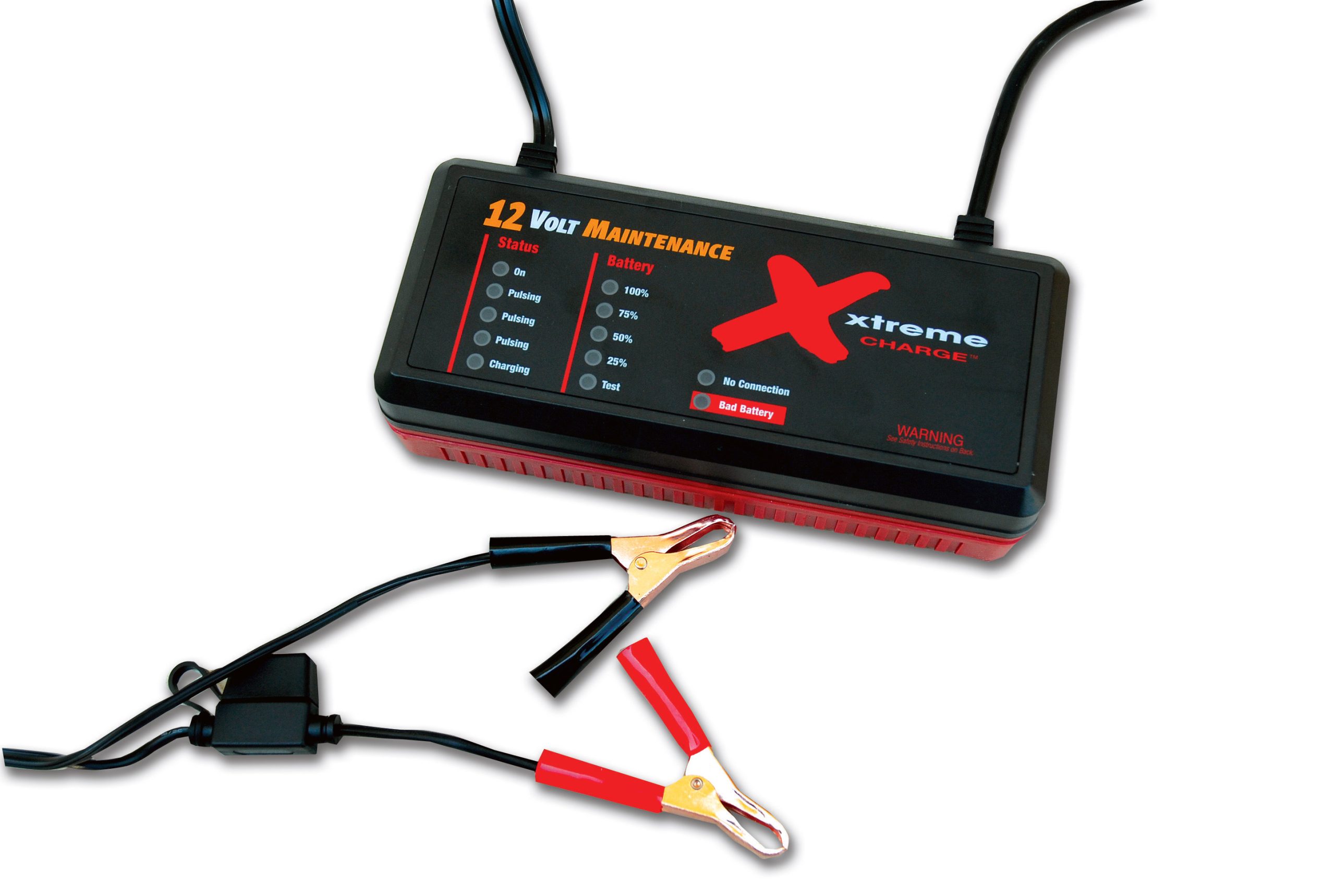
There is nothing more aggravating than having a dead battery, and it always occurs at the least opportune times. Our street rods are often stored or sit for periods of time. How many times have you decided the weather was perfect for an afternoon cruise and had a problem cranking the car?
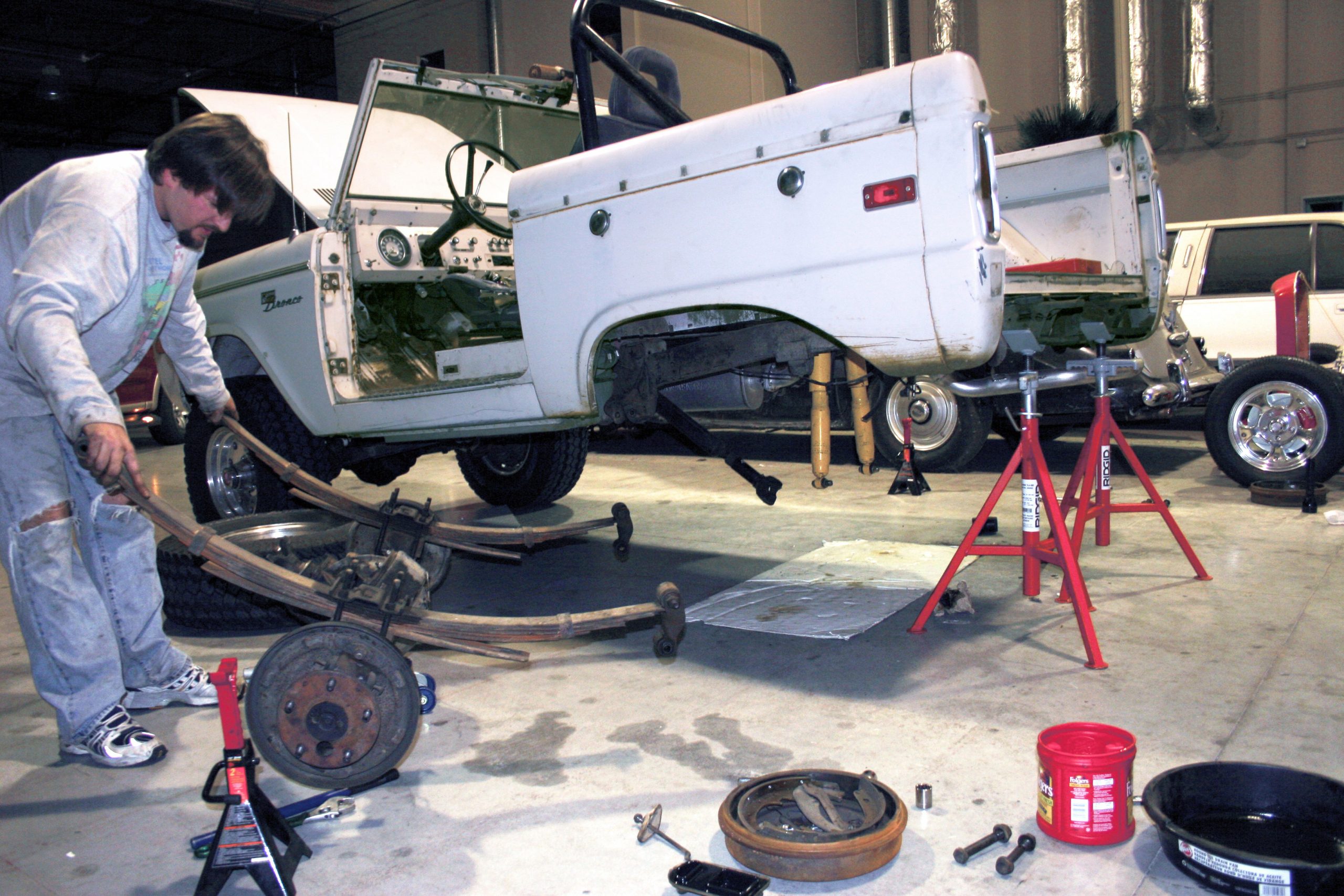
Today’s 4x4s have become extremely specialized. At one end of the spectrum are one-off, purpose-built, non-street-legal rock buggies. These are the cream of the rock crop. Most have tube chassis with what seems like nearly 360 degrees of axle articulation. Often the transfer cases are doubled up to produce crawl ratios way beyond the once magical 100:1. They’re obviously awesome, and capable of handling boulders as if they were speed bumps.
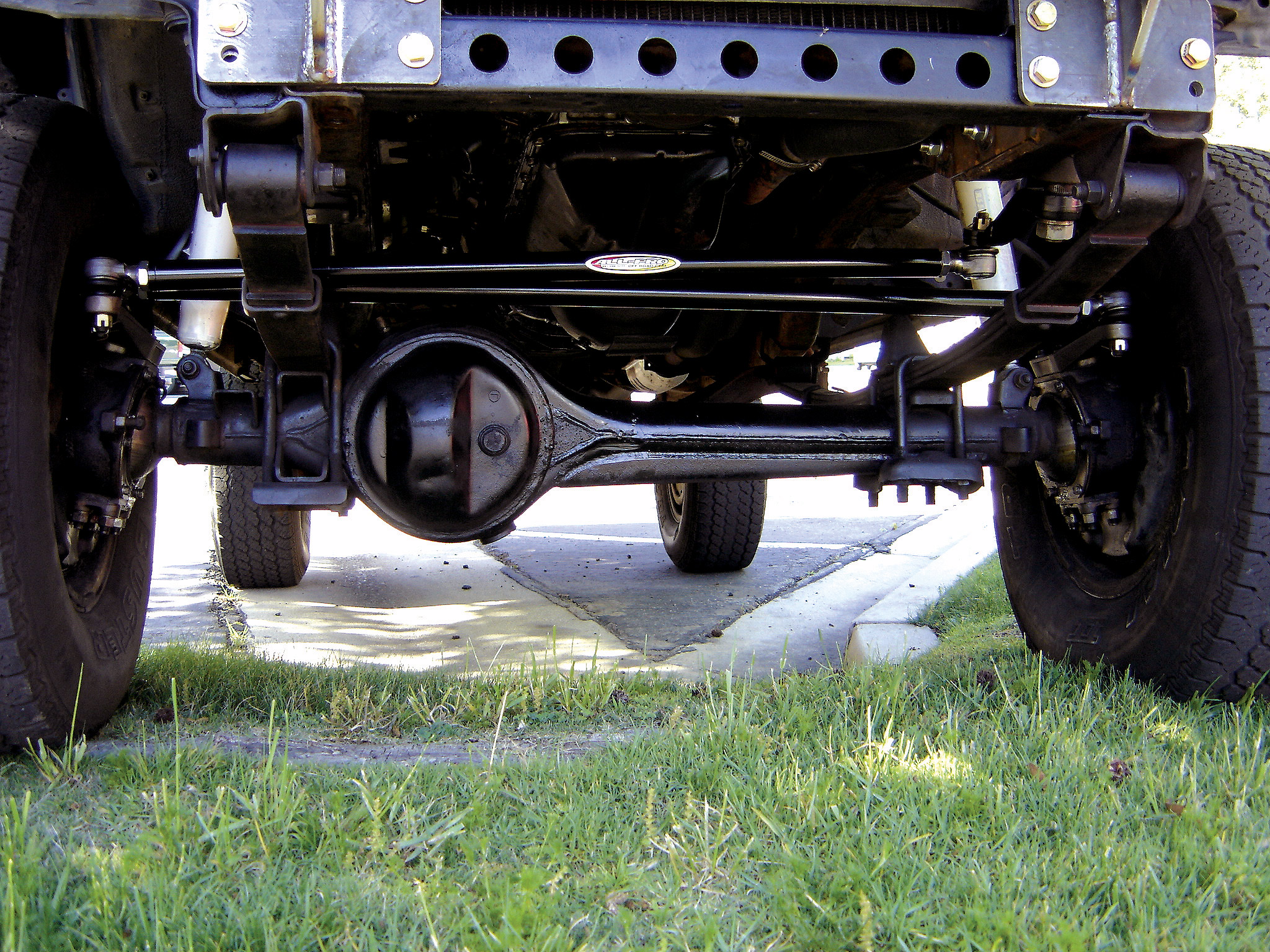
While early Toyota trucks are a great foundation, they do require a few modifications to make them capable of serious off-road use. Sure, you’ll need the basics, such as larger tires, lower gears and some kind of traction-aiding device in the differentials, but first there is a more important issue at hand. The steering on these early Toyota trucks was not designed with hardcore off-road use in mind.
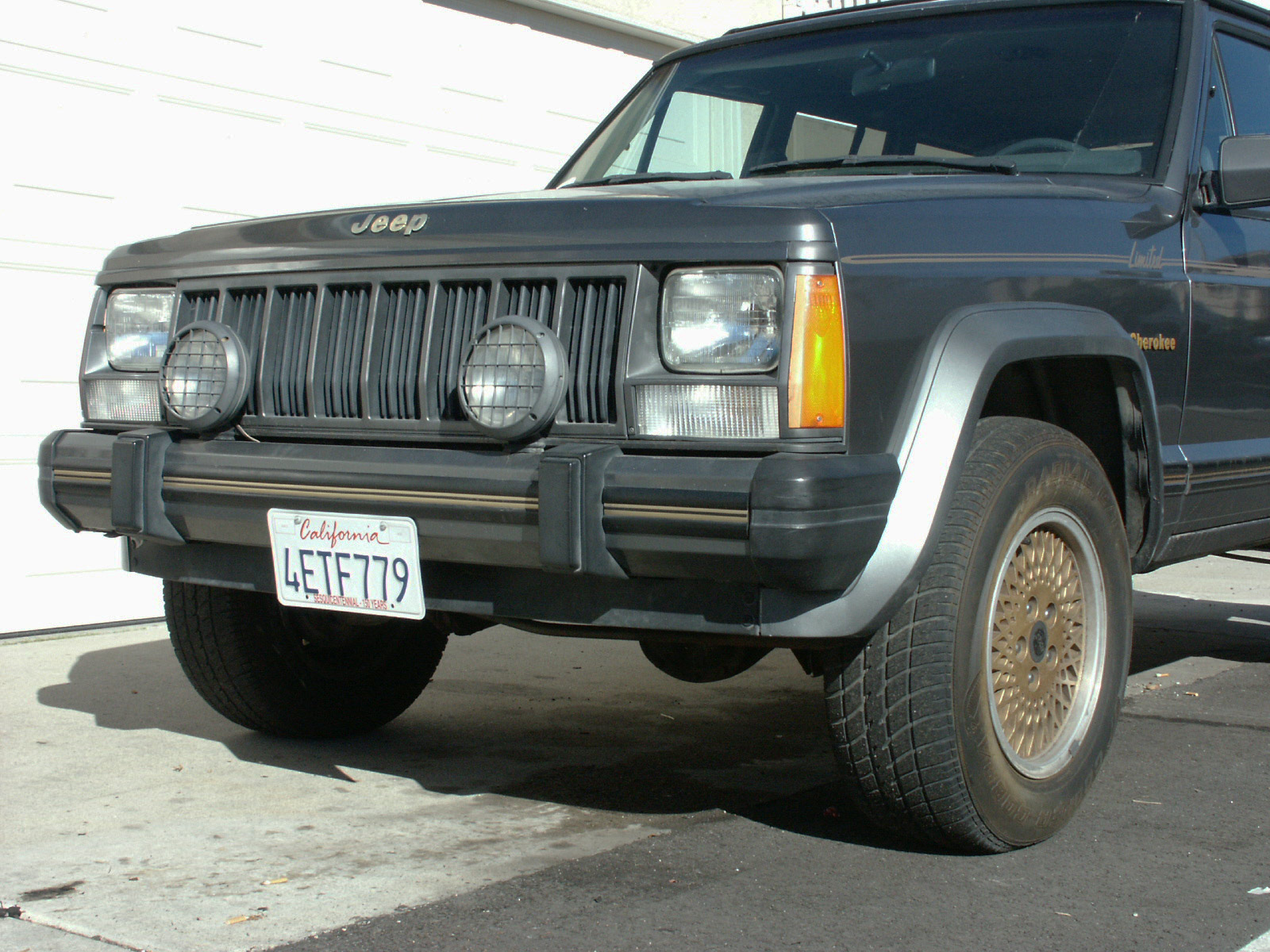
Poison Spyder has a reputation for building some of the most extreme crawler rigs out there, and when it comes to advice, Clifton is usually at the top of our list of guys to ask. We were looking for a bumper that would be able to hold up to any rock we could slide into, as well as a well placed winch mount. A good looking bumper would be an added bonus, but we were willing to compromise on that last option. As it turned out, Poison Spyder had recently released their Brawler Bumper for XJ Cherokee’s. Not only did it have everything we were looking for, it’s a lot easier on the eyes than you would think for a hardcore bumper.
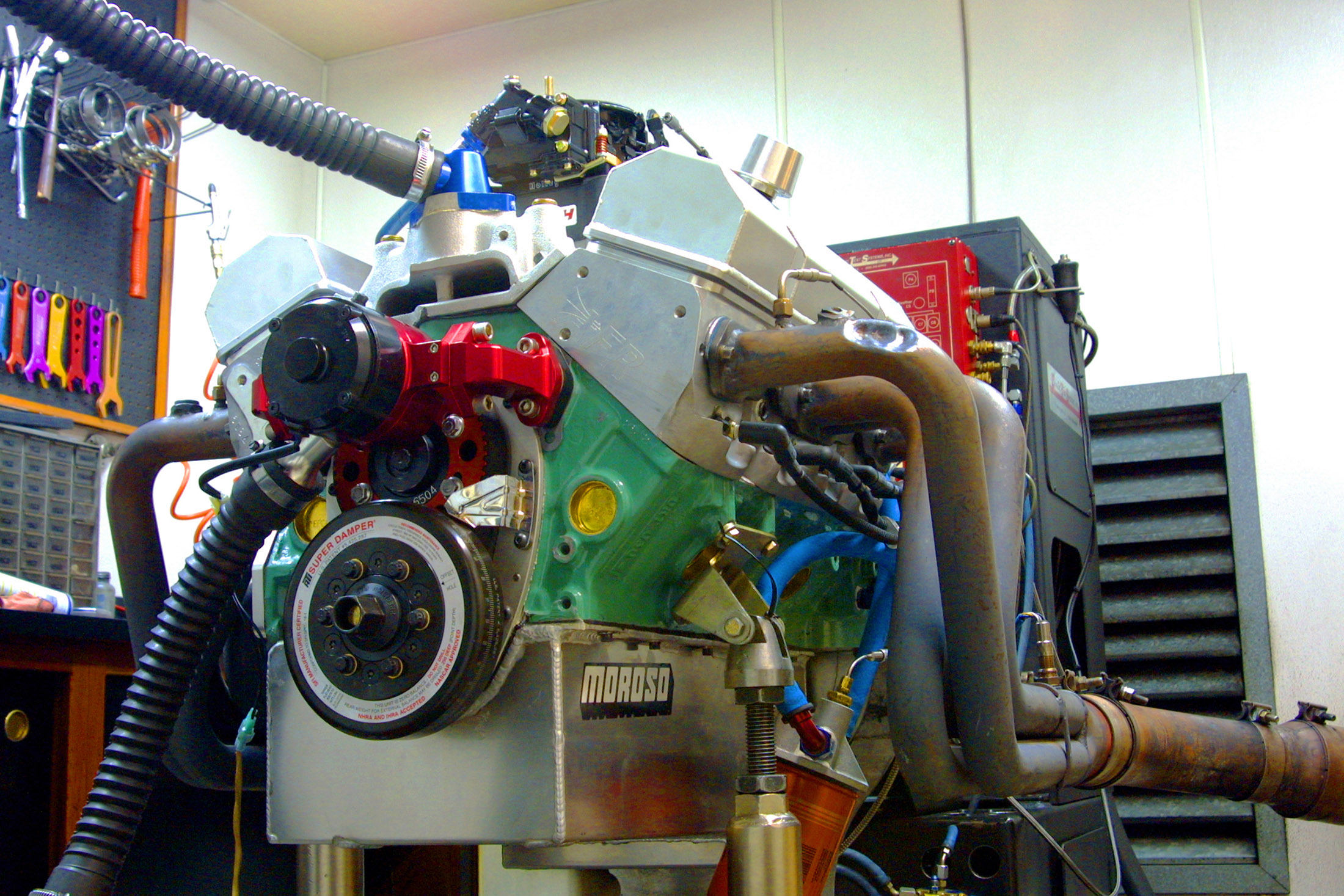
We showed you how to build a small-block engine that could make over 500 hp and 500 lb-ft of torque on 87-octane gas. It was a motor that could be driven just about every day with a hydraulic-roller cam and a good carburetor, making acquisition and maintenance almost nonexistent. Like many things we do in the engine world, the results we enjoyed—while good—just weren’t satisfying anymore. We wanted more.
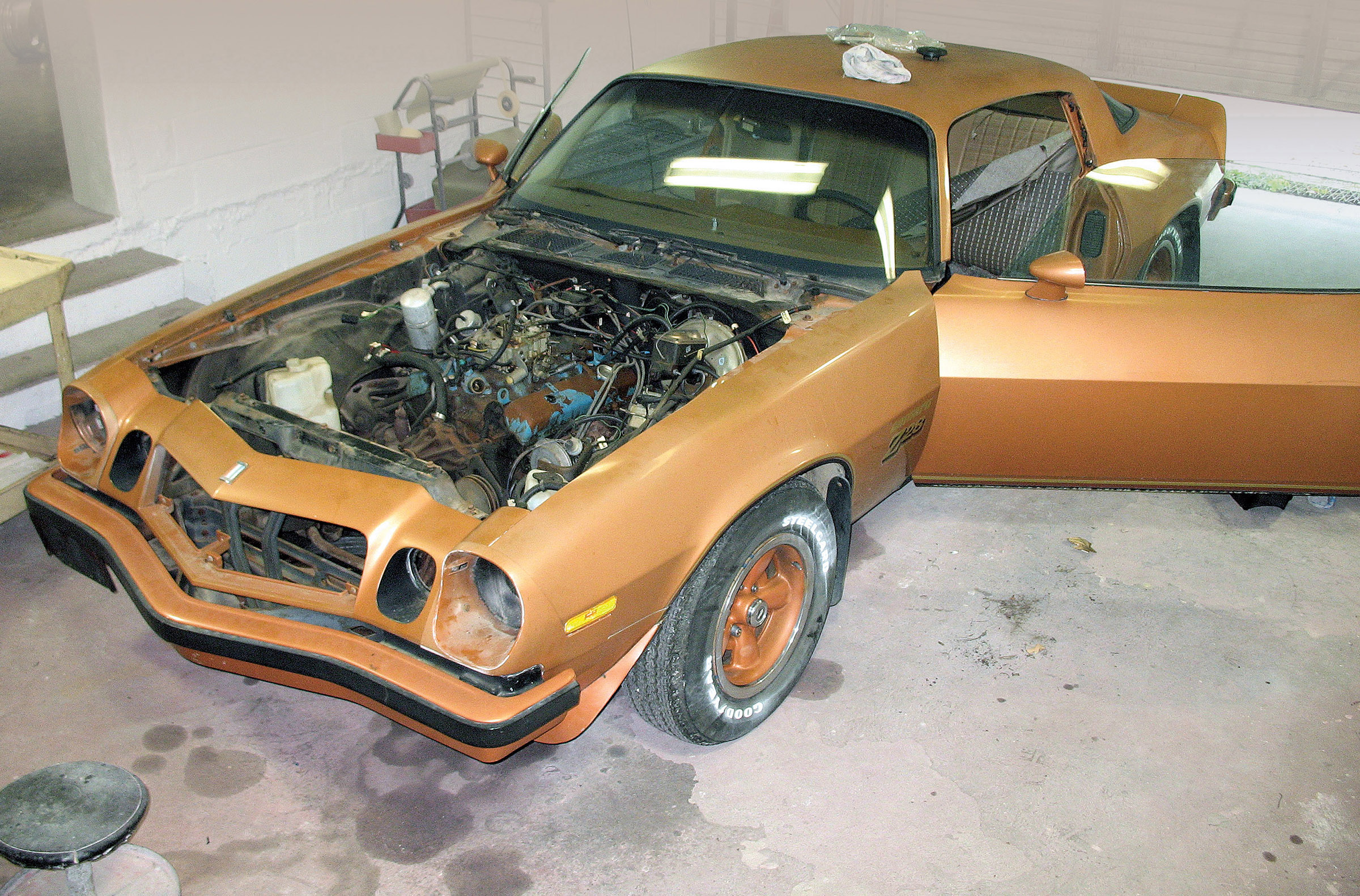
When starting any project that requires bodywork, rebuilding or even repainting, the first question is always, “What could possibly be lurking under the old paint that could come back and haunt us later?”




